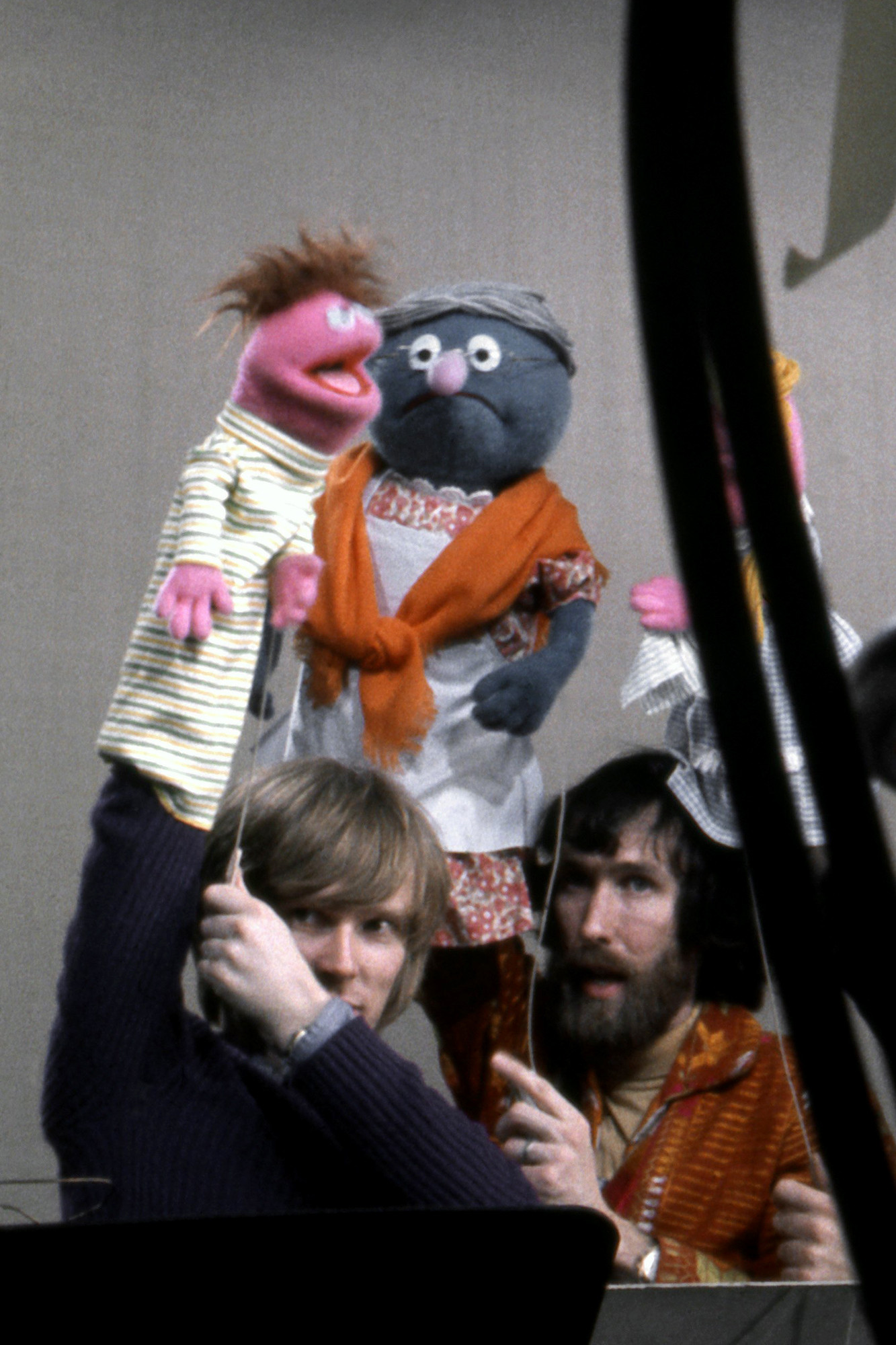More On: Children's Shows
‘Blue’s Clues’ star Steve Burns lists hipster mansion for $3.3M
The superstar rise and sudden fall of Sesame Street’s ‘black Elmo’
In 1970, alongside Cookie Monster and Big Bird, a new Muppet appeared on “Sesame Street.” Roosevelt Franklin was a young boy with a shock of black hair atop his head, dressed in a striped turtleneck — and although he was technically purple in color, he was explicitly created to be black. Nearly from his first …
In 1970, alongside Cookie Monster and Big Bird, a new Muppet appeared on “Sesame Street.” Roosevelt Franklin was a young boy with a shock of black hair atop his head, dressed in a striped turtleneck — and although he was technically purple in color, he was explicitly created to be black.
Nearly from his first appearance, Roosevelt Franklin exploded in popularity on a level similar to his felt cousin Elmo in the 1990s. He earned his own segment and even released a popular album.
And then his appearances slowly diminished, until by 1975, he had all but disappeared.
The story of this mostly forgotten Muppet, as well as the origin of “Sesame Street” and other children’s programs, unspools in “Sunny Days: The Children’s Television Revolution That Changed America” (Simon & Schuster) by David Kamp, out Tuesday.
“Sesame Street” began as a collaboration between Joan Ganz Cooney, a TV executive, and psychologist Lloyd Morrisett. Dismayed with the “vast wasteland” that television had become, they envisioned a program that would help children learn — especially urban, minority children who often lagged behind their white counterparts.
“Sesame Street” launched in 1969 and included a colorful array of puppets created by Jim Henson. Matt Robinson, who played Gordon and also served as a writer, pushed the producers to add a black puppet.

“He said we need to represent black kids, not just by having black cast members, but also in the Muppet-sphere,” Kamp told The Post. “Jim Henson said the Muppets have no color, but Matt felt the default setting for the Muppets was a white guy because the guys who operated them were white.”
Robinson prevailed.
Roosevelt Franklin, voiced by Robinson, made his debut in February 1970 in short sketches about the days of the week or counting. He was joined by his mother, a puppet voiced by Loretta Long, an African-American actress and singer who played Susan on the show.
Robinson was determined that Franklin would talk like young black kids, so he deployed slang of the time, exclaiming, “Hey, man,” “Right on” and “Be cool.”
“Why insist on standard English, six-o’clock-news English?” said Robinson in the early 1970s (he died in 2002). “Black English involves all sorts of things. Tone, inflection, pacing. I think we should communicate with children in whatever way they understand.”
Franklin was a stand-out and soon graduated to his own recurring segment, “Roosevelt Franklin Elementary School.”
“He was written to be entertaining, not just educational,” Kamp says. “Matt Robinson had real experience in entertainment and the writers were good at making sketches comic, with really good music.”
That music — funky songs that would have been at home in that year’s “Stax Records catalogue,” Kamp says — was collected on a 1971 album. Billboard magazine from the same year noted it should be “a good sales item,” and the LP proved popular enough that it was reissued in 1974.
And yet not everyone was on board with Franklin. Even before his first appearance, a debate raged behind the scenes at “Sesame Street” about whether he was a good role model.



Jane O’Connor, an African-American schoolteacher and an adviser to the show, wrote to the executive producer expressing concern that Roosevelt was “simplistically black.” Other African-American staffers, including utilization coordinator Evelyn Davis and producer Lutrelle Home, also had misgivings.
“It was a sign of the times that there were a lot of black people who were trying to put race under the mat,” Robinson’s ex-wife Dolores says in the book. “They were busy thinking that the whiter you acted, the better off you would be. Those people were embarrassed by their own culture.”
Viewers of every color, however, seemed to love the character.
#OscarsSoWhite activist April Reign and The Roots drummer Questlove both talk in the book about how Franklin was the first time they felt “seen” on TV.
The anti-Franklin forces, however, got the final word — especially after Robinson left the show as Gordon in 1972. (He continued to voice Franklin, however.)
“For about five years it was ongoing discussion behind the scenes,” Kamp says. “Joan Ganz Cooney was a really good listener. She didn’t make decisions abruptly. By then Matt Robinson had left the show. With him no longer around to defend, the anti-Roosevelt people gained power.”
The character was phased out, mostly disappearing after 1975.
“I remember watching him in the early years of the show, and then feeling upset when he seemed to appear less and less,” Questlove writes in the book’s forward. “Even when I was young, Roosevelt’s disappearance seemed like a mystery and an injustice.”
Despite Franklin’s sudden disappearance, “Sesame Street” has more recently added greater diversity to its Muppet ranks with characters who are clearly Latino and in 2010, a puppet named Segi, modeled on a young black girl, appeared singing a song called “I Love My Hair.” The clip went viral.
Even Roosevelt Franklin has made a minor comeback. Last year, he showed up on the series’ 50th anniversary special. He also had a brief speaking role on the Hallmark Channel’s reality series “Meet the Peetes,” starring actress Holly Robinson Peete, Matt Robinson’s daughter. In the episode, Holly and her brother pay a visit to the “Sesame Street” set.
But Franklin fans shouldn’t hold their breath for a fully-fledged return.
“I think he’s often seen as a time capsule,” Kamp says. “There’s a reluctance to introduce him now, because he’s so of the early ’70s in the same way that someone like Isaac Hayes is.”












